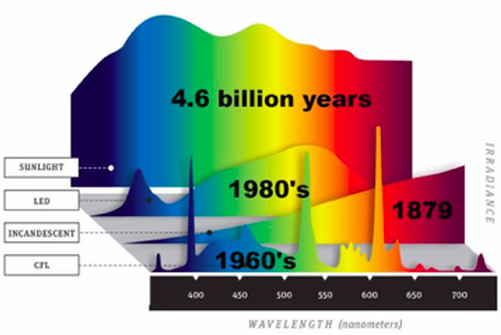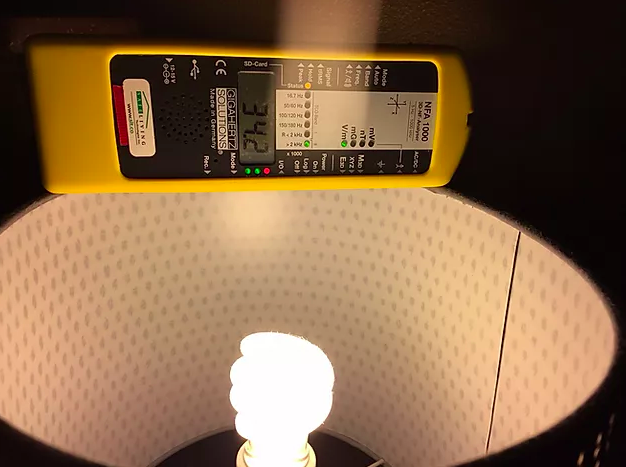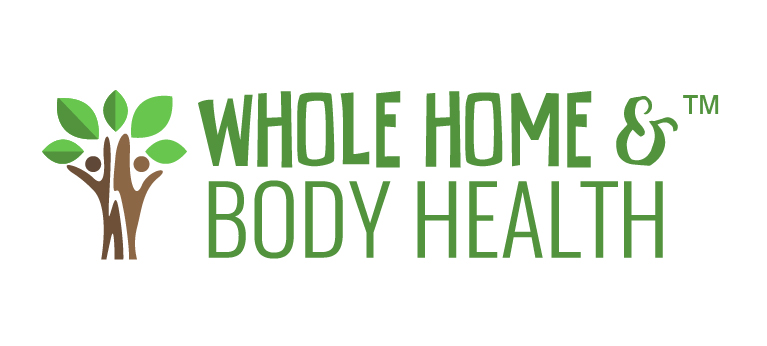Trying To Improve Your Health? Don’t Underestimate the Power of Light
As a holistic nutritionist and building biologist, I spend a significant amount of time researching, practicing, and vetting anything and everything that involves health. This may be related to diet, supplements, indoor air quality, mold exposure, electromagnetic fields, exercise, stress management, sleep, and everything in between. In our modern world, there is a LOT to consider. It can be overwhelming, but once you implement better practices into your daily life, it eventually becomes second nature.
Of all the things that I have changed in my life, addressing my daily light exposure has been among the most profound. The first night I put on a pair of blue-light blocking glasses, my entire life changed. This may seem dramatic, but I now understand that managing circadian rhythm is foundational for optimal health. (See my blog post on circadian rhythm here and my post on blue light and sleep here.)
Because this is such an important and hugely overlooked issue in the health community, I wanted to dive a little deeper in exactly how light impacts our physiology. For this, I asked my colleague Shane Riley to share one of his posts on the topic. Shane is also a building biologist, and has taken a deep dive in all things light. Here’s what he has to say:
After reading the work of Drs. Jack Kruse, Bill Lagakos, and Alexander Wunsch, the link between blue light and ill health effects is quite clear. Please read on for a short summary.
Sunshine
In sunlight, blue light is always found in proportion with red light. In fact, red light (and infrared light) is the same 42% of sunlight from the time the sun is up to the time it sets, at any latitude in the world, year-round. A simple google search will reveal much research showing the regenerative and healing power of red light. Whatever you believe about evolution, the sun has been around since the beginning. Our bodies are tuned to its cycle of light and dark.
The picture below highlights the balance of red/blue in natural sunlight vs. manmade sources.

Manmade Lighting
In manmade light, blue light is uncoupled from red light. The other light sources in the graphic above are all manmade. These have only been around for 120 years or so…You can see how they compare in proportion of different wavelengths to the sun. They are equivalent to an alien sun! Specifically, LED and fluorescent (CFL) have very large spikes in blue without much red to speak of. The incandescent bulb is akin to being the best of the worst, in that it does have some healthy red and not much blue, but certainly misses the mark for matching full sunlight.
Another problem with manmade light is that is imperceptibly flickers, which has been shown to negatively effect us at a cellular level (Bucha effect). Sunlight has ZERO flicker. Adding to the problem, modern glass filters out certain frequencies of the sun, further contributing to an alien spectrum.

Ill Effects of Blue Light
So what has research shown about blue light by itself? Here are some reports and studies identifying the dangers of blue light exposure.
- Manmade light (blue/violet) destroys melatonin
- Melatonin has a strong inhibitory effect on cancer
- Blocking blue-light for better sleep
- The problem with LED lighting
- Dark Side of Blue Light
- Blue Light and Circadian Rhythm
The bottom line on health effects is that unaccompanied blue light destroys vital hormones and neurotransmitters like dopamine and melatonin and shifts our circadian biology, disrupting our internal body clocks. Inflammation is the result, and inflammation leads to diseases like cancer, diabetes, even those that are neurodegenerative, to name a few.
You can’t replace the sun!

What to Do?
Now think about how much time you spend under an alien sun, indoors behind glass and under manmade lighting. Screens like TVs, phones, and laptops emit the same unbalanced spectrum as our modern light bulbs. How often are you in front of those devices?! For most of us, we spend the majority of our waking hours in these conditions, even right up until we shut our eyes and go to sleep.
Here are some practical tips on establishing better light hygiene in your life:
- Get outside more often! Schedule it, set an alarm etc…
- See the sun rise and set more often. This is a great way to sync your circadian rhythm.
- A little moderation is in order. Within 1-2 hours after the sun goes down, read a book, play a game, have a conversation. Leave the screens off.
- Within 1-2 hours of sunset, keep the (incandescent) lights low, or switch to red incandescent bulbs or battery powered red lanterns or candles. All are available on Amazon.
- As #2&3 are not always practical, and to truly improve sleep quality and overall health, get a set of custom blue blocking glasses. More info on our website: Shop Blue Blockers
To learn more about Shane and his company ‘Optimal Dwelling Spaces’ visit his website here. I highly recommend his custom hand-tinted blue-light blocking glasses. I have multiple pairs of blue blockers, and the prescription glasses that Shane tinted for me are by far my favorite.
This is just one of many important habits you can implement to improve your overall health. If you want to dive even deeper, consider scheduling a health consultation with us. We’ll help you identify all the areas you can improve on and teach you specific, tangible steps you can do today to feel better tomorrow. You deserve it! Call us today, we always love to hear from you!


Cathy Cooke, BCHN, BBEC Holistic Nutritionist and Building Biologist is the founder of Whole Home and Body Health which provides EMF Assessments, Mold Testing, and Nutrition and Health Consulting located in Boise, Idaho. Cathy is available for consulting via skype and phone, and is also willing to travel as needed for home assessments. Schedule an appointment today!

